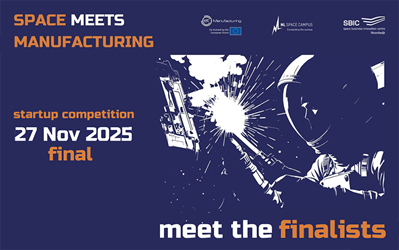This month, Uncover Space podcast host Maaike Smelter (NL Space Campus) welcomed guest Charlotte Pouwels from CGI who explained about the differences and business opportunities of (European) satellite navigation systems. While many people are familiar with GPS (the global positioning system from the US), they might not realise that the satellite data they rely on every day are courtesy of GNSS (global satellite navigation system), including the European navigation system Galileo. The conversation also touched upon the important – and surprising – reason that we’re finally going back to the Moon in the next few years. Listen on Apple Podcasts and Spotify.
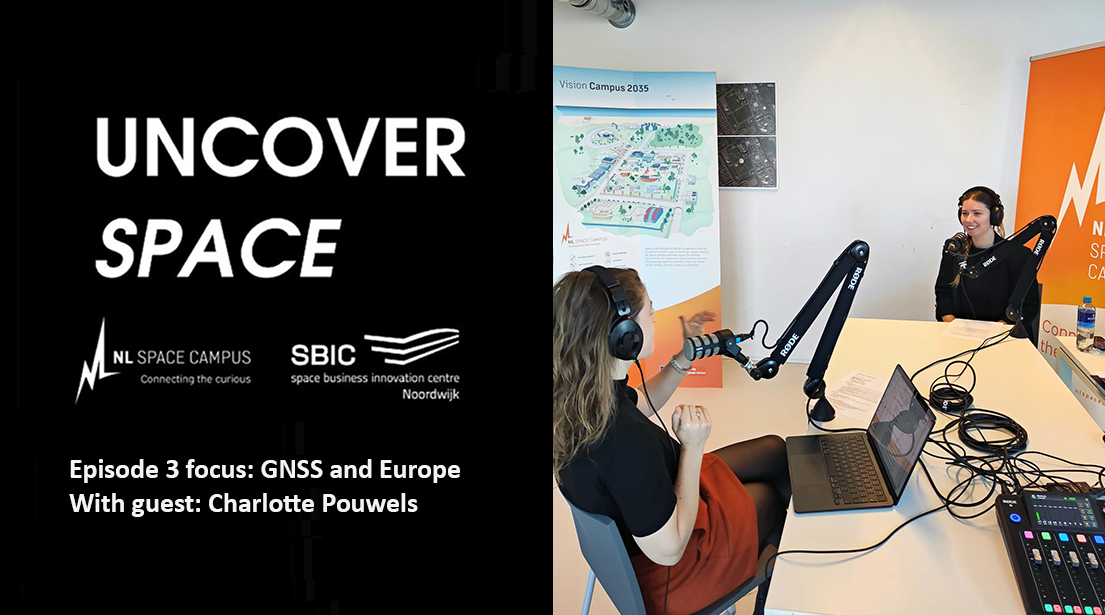
The aim of the Uncover Space podcast is to explore the people, programmes and organisations contributing to the Dutch space ecosystem. Guests are invited onto the show for every episode by the hosts from NL Space Campus and SBIC Noordwijk.
This month, the new episode has a focus on satellite navigation systems and the guest welcomed to join the conversation is Charlotte Pouwels from CGI. Listen in to be captured by Charlotte’s enthusiasm for GNSS – discover what it actually is, and that there’s more out there than just GPS.
Galileo – Europe’s own navigation system
First things first is to get further explanation about GNSS. Charlotte explains: “You hear normally people know about GPS – but GPS is actually the navigating system from the US and it’s actually a defence navigation system. GNSS is the global navigation satellite system that is encompassing: Galileo, which is the European navigation system; GPS, the US system; GLONASS, the Russian system; and BeiDou, which is the Chinese. So, GNSS is basically the overcoupling of all of those different systems and how they interact with each other and work with each other.”
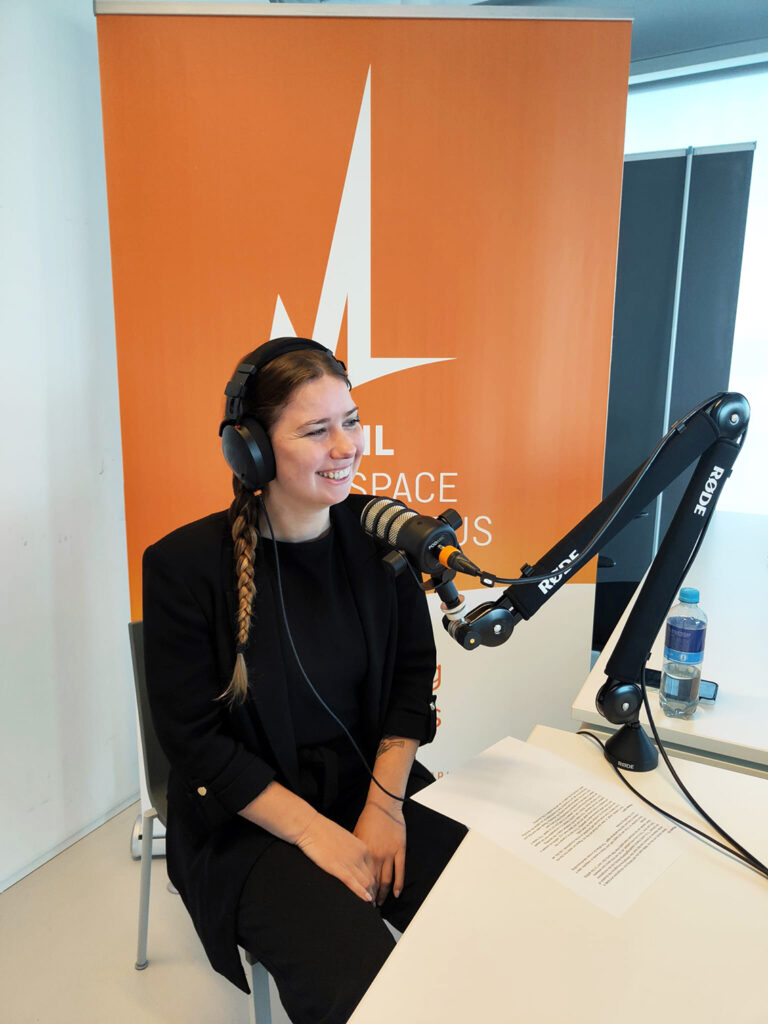
“Galileo is the European navigation system. So, basically, it’s a constellation of satellites, designed actually by the European Space Agency (ESA), and we’re here nearby to ESTEC, where actually most of the satellites are being tested. Once the satellites are launched, it is the European Union Space Programme Agency (EUSPA) operating them throughout their lifetime,” Charlotte explains. She then clarifies the different remits of ESA and EUSPA.
“Whenever you think about satellites and research and about anything more scientific that’s being done, it is done by ESA, our European Space Agency. But when you think about how do we actually operate the satellites and how do we make sure that they stay in operation, that we actually keep having navigation signals and can keep monitoring everything? That is done by EUSPA. And EUSPA does a lot of additional activities but Galileo is the major one.”
GNSS is not just navigation – it also keeps track of time
When asked about how else GNSS is used in our daily lives that we may not be aware of, Charlotte was happy to clarify one of the many different ways. “People know the majority one is navigation but another important factor is time. We use satellites to really identify the time here on Earth and the time for our systems. So, for example, airplanes use this. Airplanes use it to navigate, but also to accurately know their timing. Also, for example, the banking industry really needs to have an accurate time because, can you imagine if you order or you do transactions or everything and there’s like a second of delay? Like, how much impact that would have on all the orders? Or for example, New York timing system would experience one second of delay, but Australia doesn’t? Then Australia has the opportunity to already have a foresight and they can make millions of make millions without, without having any obstruction.”
GNSS is used for navigation but also for time – we use satellites to identify the time here on Earth and the time for our systems
charlotte pouwels
“Whenever there is a disruption in the satellite signal, for example, when the Aurora Borealis is happening – otherwise known here as the Northern Lights – we have a lot of particles in the atmosphere that create these beautiful lights that we can see. But these cause a lot of interference that can seriously disrupt in the signal. And if there’s a disruption in the signal, then the whole economy is affected by it.”
Solar flares can also disrupt satellite signals and, interestingly, it is at times of high solar radiation that journeying to the Moon would make most sense in terms of timing. But to hear Charlotte explain about that, you’ll need to listen in to the episode!
Listen to the whole conversation via Apple Podcasts and Spotify. Tune-in to also hear from hosts Maaike Smelter and Martijn Leinweber sharing community updates and the latest fun space fact! Jump to the podcast platforms by clicking the visuals below:
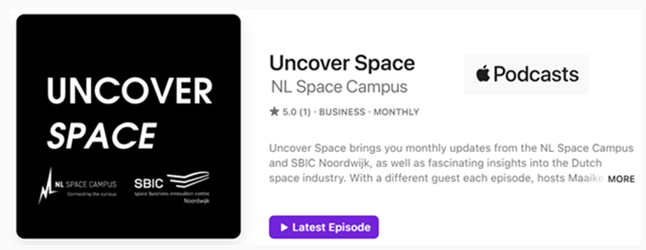
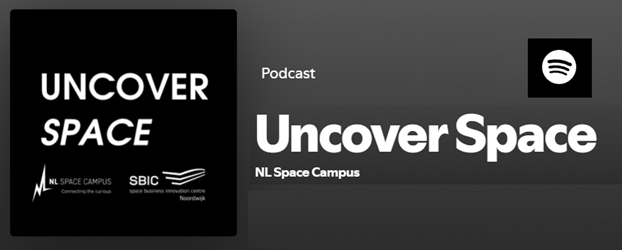
Did you miss the first Uncover Space episode?!
Discover the recording that focused on the ESA Phi-Lab NL programme.
Related post:


